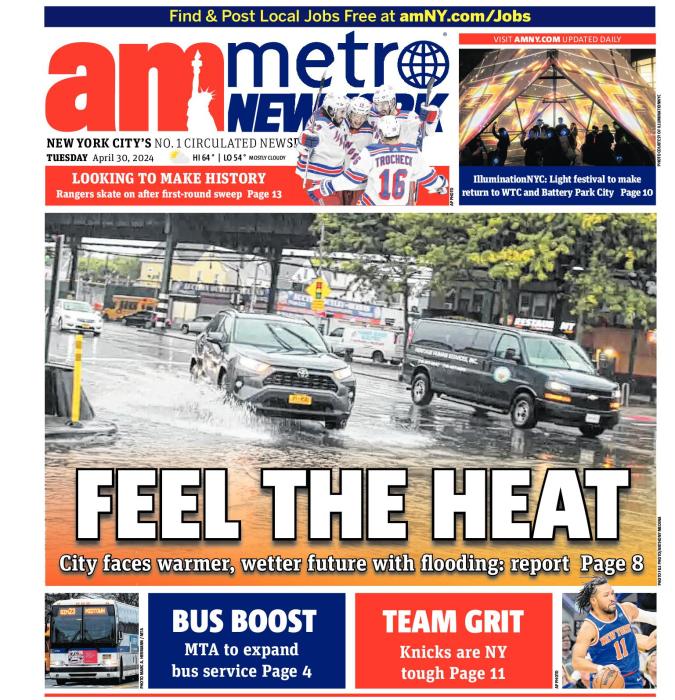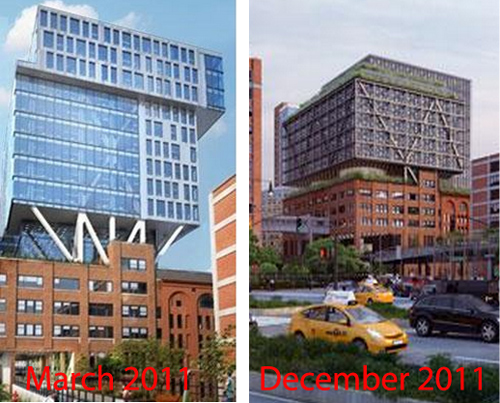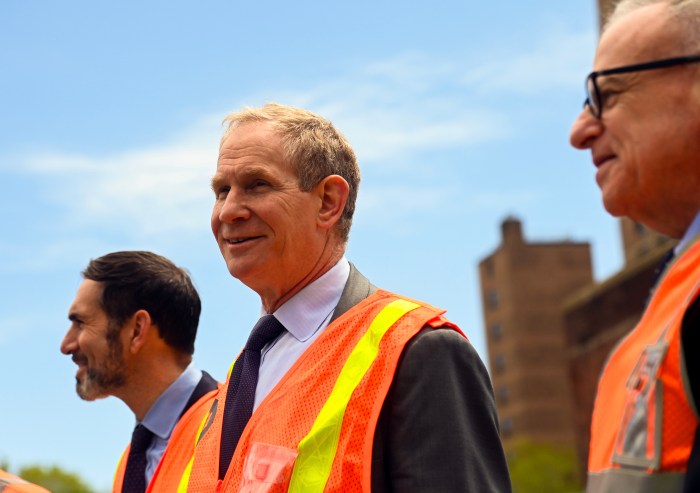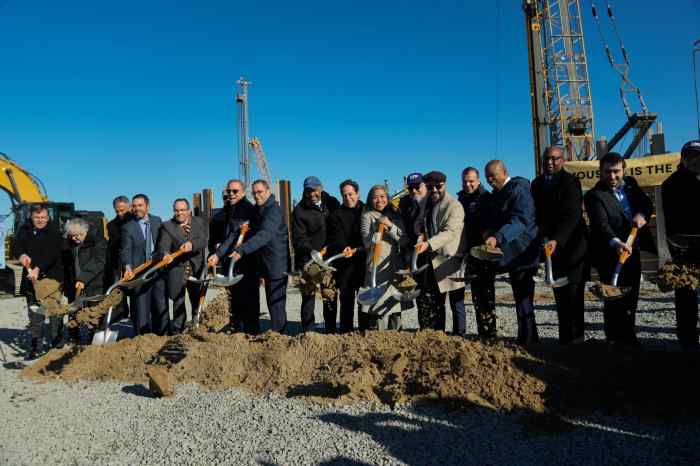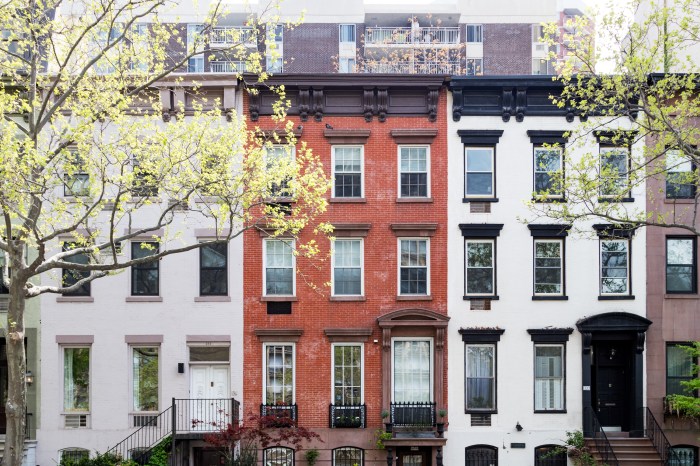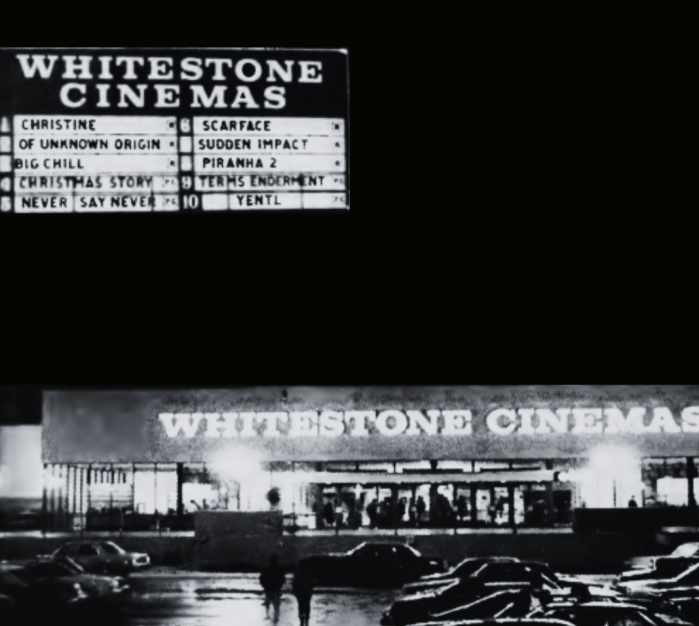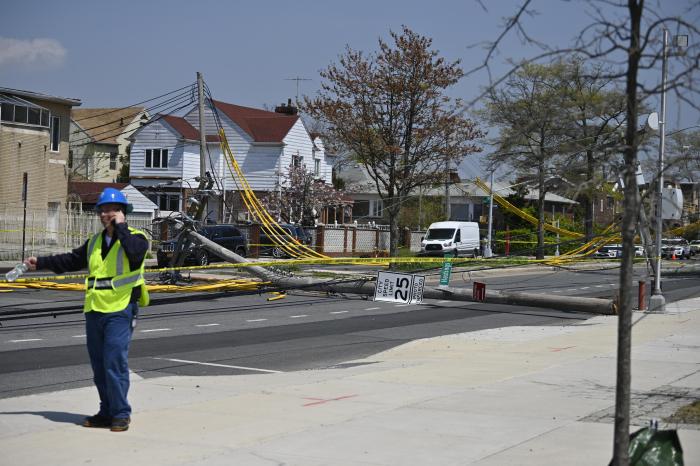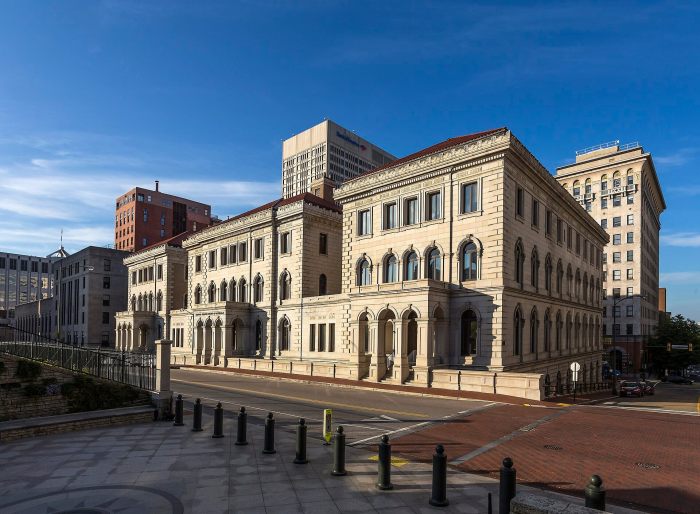Some rezoning plans require repeated trips to the drawing board before they’re worthy of certification by City Planning. Others are fundamentally flawed at their core, no matter what accommodations might be made. Jamestown Properties’ plan to vertically expand their iconic Chelsea Market property by adding 240,000 square feet of office space and a 90,000-square-foot boutique hotel is one of the latter. This plan cannot be fixed and should be stopped before damage is done.
We call on all elected officials, and most particularly Chelsea resident and City Council Speaker Christine Quinn, to make it known to the Bloomberg administration that Jamestown’s application should not be granted uniform land use review procedure (ULURP) certification. The fact that most projects that are certified to go through ULURP come to fruition in some form or another makes it especially important to halt this project before countless hours and taxpayer dollars are wasted shepherding it through the arduous public review process.
Aesthetically ridiculous and with serious and negative effects on this mostly residential community, Jamestown’s plans for Chelsea Market are simply development for development’s sake. Chelsea does not need another boutique hotel or office tower. There are four large hotels and three small hotels, with a total of more than 1,100 rooms, within 10 blocks of the site. There are huge commercial projects underway at the nearby Hudson Yards and at the World Trade Center. The overall vacancy rate for Manhattan Class-A office space is currently 9.1 percent, and there are more than 4 million rentable square feet of office space vacant in the Midtown South submarket, plus over 7 million vacant in the Downtown submarket.
The impact study paid for by Jamestown is dubious, particularly where it claims that 1,200 new office jobs will be created by its new real estate. Yes, real estate houses office jobs, but it is not clear that it creates them. We suspect these “new” jobs would be moving laterally from elsewhere in the city. Meanwhile, tech and media sectors are doing just fine in New York without the need to relocate to the top of Chelsea Market.
The one-time $17.2 million donation to the High Line Improvement Fund in exchange for the construction of a building that will impose shadows on the High Line’s green space itself, sadly pits the High Line’s interests against the community. The elevated park has recently been the recipient of several large private donations from the Falcones, Barry Diller and Diane von Furstenberg and the Tiffany & Co. Foundation. The High Line should not align itself with Jamestown, or any corporate entity, for a one-shot deal that will alienate a community whose support has made this visionary park’s very existence possible.
Jamestown is primarily a real estate investment trust — or REIT — whose economic model calls for it to buy properties, improve them and sell them to benefit their investors. There is nothing wrong with REITs, but once the property is flipped, the temporary construction jobs a memory, and the High Line donation long evaporated, what will be left for the community? Several visually jarring floors of glass stacked atop one of New York’s greatest surviving industrial buildings — and little else.
If granted, Jamestown’s proposal will compromise the Special West Chelsea District’s integrity, and almost certainly embolden developers to make the case for their own vertical expansion projects.
Speaker Quinn and City Planning Chairperson Burden, we have never called on you to deep-six a project prior to the certification that begins its ULURP review. Please tell Jamestown Properties that this project does not have enough public good in it to go through ULURP, and that they should find another property to work their REIT profit calculations on.
